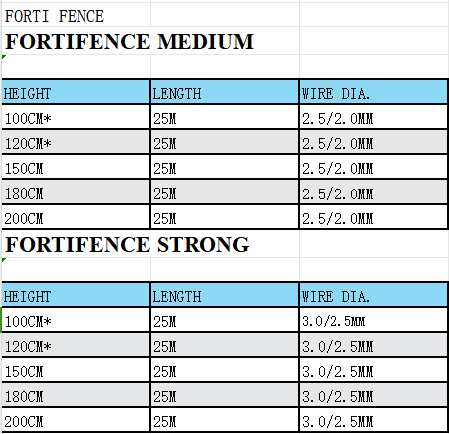Innovative Approaches to Using Concertina Razor Wire for Enhanced Security Measures
Aug . 18, 2024 02:51
The Concertina Razor Wire A Brief Overview
Concertina razor wire, a type of fencing material known for its formidable strength and security features, is widely utilized in various sectors, including military, correctional facilities, and perimeter security for commercial properties. Its design and structure provide an effective barrier against unauthorized access, making it a popular choice in environments where safety and security are paramount.
Design and Structure
Concertina razor wire consists of a series of sharp, barbed blades that are attached to a galvanized wire coil. The name concertina refers to the coil’s ability to expand and contract, much like a musical instrument of the same name. This design allows the wire to be easily installed in multiple configurations, whether erected vertically, horizontally, or in an angled format. The sharp edges of the blades are specifically engineered to deter intruders by posing a significant risk of injury. This makes concertina razor wire an effective deterrent, as it creates a psychological barrier in addition to a physical one.
Applications
This type of wire is predominantly used in high-security settings where traditional fencing may not suffice. Prisons incorporate concertina razor wire not only around the perimeters but also on top of walls to prevent escape attempts. Military bases utilize it to secure sensitive areas and installations, ensuring that unauthorized personnel cannot breach established boundaries.
concertina razor wire

In the civilian sector, concertina wire is employed by businesses that require enhanced security measures. Warehouses, distribution centers, and construction sites often integrate razor wire into their security systems. The intimidating appearance of the wire combined with its physical barriers acts as a visual deterrent, discouraging potential trespassers or vandals from approaching.
Legal and Ethical Considerations
While concertina razor wire serves a critical function in security, it is not without controversy. The use of such aggressive deterrents raises ethical concerns, particularly in urban settings where they may impact the surrounding community. Safety is a primary concern; however, municipalities and organizations must balance security needs with community well-being. Instances of excessive use, particularly in areas with high foot traffic, can lead to discussions regarding the humanitarian implications of deploying such harsh security measures.
Moreover, regulations around the use of concertina razor wire can vary by jurisdiction. In some areas, local laws dictate the design and installation height of security fences to ensure they do not pose undue risks to pedestrians or animals. Installers and users of concertina wire must remain informed about these regulations to avoid legal challenges and ensure compliance.
Conclusion
In summary, concertina razor wire plays a crucial role in modern security protocols, stretching across military, correctional, and commercial sectors. While it provides undeniable benefits in terms of protection and deterrence, its use must be approached with consideration of ethical implications and legal regulations. With safety being the foremost priority, decision-makers must weigh the advantages of heightened security against the potential impact on community relations and public perception. As security needs evolve, finding a balance between effective deterrents like concertina razor wire and the welfare of the surrounding environment will be essential for sustainable security practices in our ever-changing world.




















